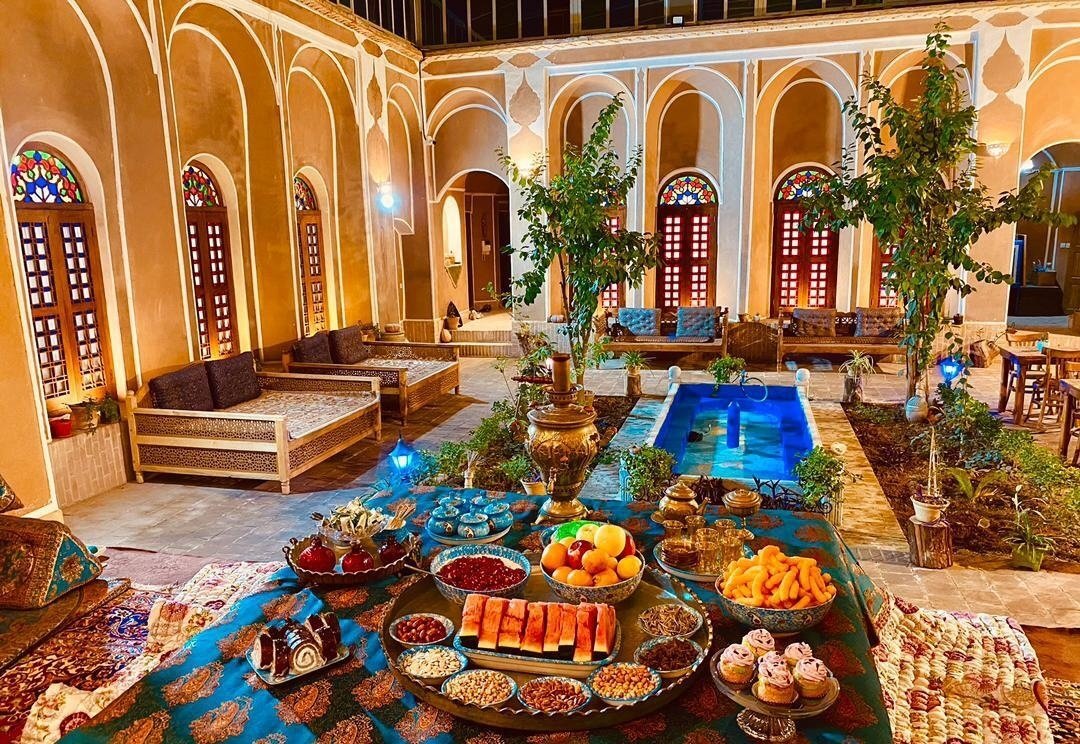INSUBCONTINENT EXCLUSIVE:
TEHRAN - A member of the Yazd City Council has emphasized the need to present reward packages targeted at restoring and keeping traditional
mud-brick homes within the UNESCO-registered Historic City of Yazd.Fakhr-al-Sadat Khamesi, talking to Mehr news company on Tuesday,
highlighted Yazd as one of Iran's most substantial cultural heritage and tourism destinations, understood for its distinct historical
material that draws in both domestic and global visitors.Introducing reward bundles could be a reliable method for maintaining the historic
texture of Yazd, Khamesi specified
She elaborated that these plans may include financial centers, grants, technical consultations, and tax exemptions for the owners of
historic buildings.According to Khamesi, offering such rewards would encourage property owners to carry out the repair and rehabilitation of
their properties, thereby preventing further wear and tear of these indispensable structures.She also stressed the value of academic efforts
for property owners and specialists, concentrating on the principles of restoration and historical conservation
These training programs can significantly boost the quality of restoration work, she said.In addition to financial and instructional
assistance, Khamesi called for simplifying legal and administrative treatments to get remediation permits.A dont miss destinationIn July
2017, the historic core of Yazd, the provincial capital, was called a UNESCO World Heritage site
Yazd is frequently described as a delightful place to remain, or a dont miss destination by practically all of its visitors
The city has lots of mudbrick homes that are equipped with innovative badgirs (wind catchers), atmospheric alleys, and lots of Islamic and
Iranian monoliths that shape its eye-catching city landscape.Cultural heritage specialists believe that Yazd is a living testimony to the
smart use of limited available resources in the desert for survival
Water is brought to the city by the qanat system
Each district of the city is built on a qanat and has a communal center
The use of earth in structures includes walls and roofing systems through the building and construction of vaults and domes
Homes are constructed with yards listed below ground level, serving underground areas
Wind-catchers, yards, and thick earthen walls develop an enjoyable microclimate.The historical core of Yazd is chockfull of mudbrick houses,
fetes, public bathhouses, water tanks, mosques, synagogues, Zoroastrian temples, and centuries-old gardens
From the divine perspective, the city takes pleasure in the peaceful coexistence of 3 religions: Islam, Judaism, and Zoroastrianism.Yazd is
home to numerous qanats which have supplied water to agricultural and permanent settlements for thousands of years
The man-carved underground qanat system relies on snow-fed streams flowing down the foothills of surrounding mountains
The earliest water supply to Yazd is approximated to date from the Sassanid era (224 to 651 CE)
However, numerous others have actually been constantly fixed and used gradually, and most surviving Ab-Anbars (standard mudbrick tanks) can
today be traced to the late Safavid and Qajar periods.AM

